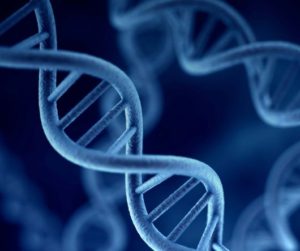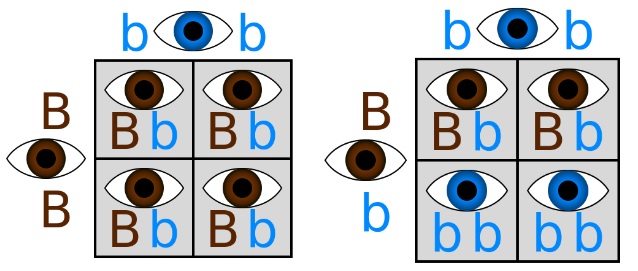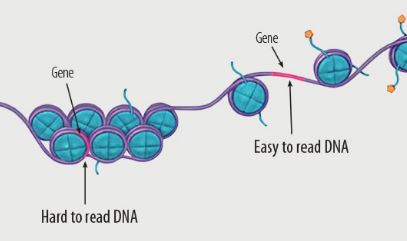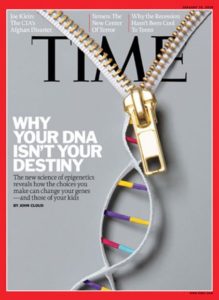This week’s parasha, Chayei Sarah, begins with the passing of the matriarch Sarah. The Torah states that “the lives of Sarah were one hundred years, and twenty years, and seven years…” Traditionally, two big questions were asked of this verse: the first is why the Torah describes her life as one hundred, twenty, and seven years instead of simply saying that she was 127 years old when she died. The second is why the Torah says these were the lives of Sarah, instead of life in the singular, especially in light of the fact that the parasha actually describes her death, not life!
The classic answer to the first question is that Sarah was as beautiful at 100 as she was at 20, and she was as pure at 20 as she was at 7 years old. The answer to the second question, as we’ve explored in the past (see ‘A Mystical Journey through the Lives of Sarah’ in Garments of Light), is that Sarah – or at least a part of her soul – was immediately reincarnated in Rebecca, and thus Sarah’s life and life’s work continued with her future daughter-in-law. In general, the word for “life” in Hebrew is in plural, chaim, which alludes to the fact that there are really two lives: the transient life in this current physical world, and the everlasting life of the soul.
Today, many question (or outright reject) the possibility of an afterlife. Such people argue that there is no evidence or scientifically plausible explanation for such things. When the body dies, the person dies with it, and that’s it. In reality, there is a great deal of evidence to support the notion of a soul and an afterlife, and even one solid scientific explanation that is slowly gaining popularity and acceptance.
The Quantum Brain
Although there have been millions of cases of “near death experiences” and medically-induced “clinical deaths”—many of which end with the victim or patient describing other worlds and relating accurate information that would have been impossible for them to know—these are all relegated to “anecdotal evidence” and generally not taken seriously in the scientific community. We can put all of that aside (together with countless people’s personal stories of prophetic dreams and premonitions, “out-of-body” experiences, miraculous occurrences, and other inexplicable phenomena), and focus strictly on accepted science.
In recent decades, neurologists studying the human brain have sought to uncover what it is that generates consciousness and actually makes the brain work. Why and how is it that this network of cells produces a “mind”? Biology and chemistry have given us the general mechanisms of electrical signals and neurotransmitters, but have not been able to answer the real fundamental questions. To solve the mystery actually requires the most complex of sciences: quantum physics.
In 1989, world-renowned physicist Sir Roger Penrose published The Emperor’s New Mind in which he argued that classical physics simply cannot explain consciousness, nor can the brain be compared in any way to a typical computer, or be explained with familiar algorithms. Penrose suggested that the only plausible explanation for consciousness can come from quantum physics.
To go into the major principles of quantum physics is far beyond our scope. Indeed, one of the great quantum physicists, Richard Feynman, once noted: “I think I can safely say that nobody understands quantum mechanics.” Suffice it to say that quantum physics has completely revolutionized science and our entire understanding of reality. It has turned the universe into a funky place where just about anything is possible, and where things at the sub-atomic level behave in totally bizarre ways. Niels Bohr, one of the early quantum physicists (and a Nobel Prize winner) offered that “If quantum mechanics hasn’t profoundly shocked you, you haven’t understood it yet.” Meanwhile, the man who is often called “the father of quantum physics”, Max Planck, stated:
As a man who has devoted his whole life to the most clear headed science, to the study of matter, I can tell you as a result of my research about atoms this much: There is no matter as such. All matter originates and exists only by virtue of a force which brings the particle of an atom to vibration and holds this most minute solar system of the atom together. We must assume behind this force the existence of a conscious and intelligent mind. This mind is the matrix of all matter.
From his lifetime of studies, Planck concluded that reality as we know it doesn’t exist, and all of matter is held together by some kind of universal mind or consciousness. Building on these ideas, and the complex math and science behind them, Penrose proposed that the brain is a “quantum computer” of sorts, and may be intricately linked to the very fabric of the universe.
Quantum Biology and the Soul
Penrose’s hypothesis inspired a psychology professor in Arizona named Stuart Hameroff. As a practicing anesthesiologist, Hameroff knew that anesthesia works by shutting down small proteins inside neurons called microtubules, and this shuts off a person’s consciousness. Penrose and Hameroff teamed up to continue researching the possibility of the brain as quantum computer. Incredibly, their conclusions suggest that the brain can actually store its quantum information in the universe itself, so that even if the brain was to die, its information would not die with it. That information can be held indefinitely in the universe, and can return to a revived brain, or even into another brain. This would explain near death experiences and clinical deaths, and provides a scientific explanation for reincarnation and a life after death. The death of the body does not at all mean the death of the person, or that person’s memories and thoughts.
While there are those who are quick to criticize the theory and reject it, no one has been able to actually refute it. In fact, since the theory was first proposed, more and more evidence has accumulated to support it. In 2014, quantum biologist Anirban Bandyopadhyay (based in Japan’s National Institute for Materials Science and a visiting professor at MIT) successfully demonstrated the quantum activity of microtubules.
It appears that science has finally discovered the soul. There are now valid, empirical evidence-based theories to explain the existence of an eternal mind or spirit, a universal consciousness, the possibility of an afterlife and reincarnation. The scientific community needs to stop aggressively denying anything that seems “spiritual”, and instead delve deeper into this exciting and promising new field. This sentiment was already expressed long ago by Nikola Tesla, considered by many to be the greatest scientist of all time: “The day science begins to study non-physical phenomena, it will make more progress in one decade than in all the previous centuries of its existence.” It was the genius Tesla who first noted that his brain “is only a receiver,” and stated that “In the Universe there is a core from which we obtain knowledge, strength, inspiration. I have not penetrated into the secrets of this core, but I know it exists.”
The above is an excerpt from Garments of Light, Volume Two. Get the book here!


 This week’s parasha is Vayetze, where we read of Jacob’s arrival in Charan and the details of his twenty-year sojourn there. During this time, Jacob married (twice), had a dozen children, and toiled for his cruel father-in-law Laban. Laban recognized that he had been blessed exceedingly on account of Jacob’s presence, and offered him a new wage for his labour. By this point, Jacob knew not to trust the sly Laban, and asked simply for ownership of all the speckled and spotted sheep. Since these imperfect-looking sheep were few in number, Laban readily agreed. It appears that both Laban and Jacob were well aware of the basic principles of genetics. Today, we know that
This week’s parasha is Vayetze, where we read of Jacob’s arrival in Charan and the details of his twenty-year sojourn there. During this time, Jacob married (twice), had a dozen children, and toiled for his cruel father-in-law Laban. Laban recognized that he had been blessed exceedingly on account of Jacob’s presence, and offered him a new wage for his labour. By this point, Jacob knew not to trust the sly Laban, and asked simply for ownership of all the speckled and spotted sheep. Since these imperfect-looking sheep were few in number, Laban readily agreed. It appears that both Laban and Jacob were well aware of the basic principles of genetics. Today, we know that 



